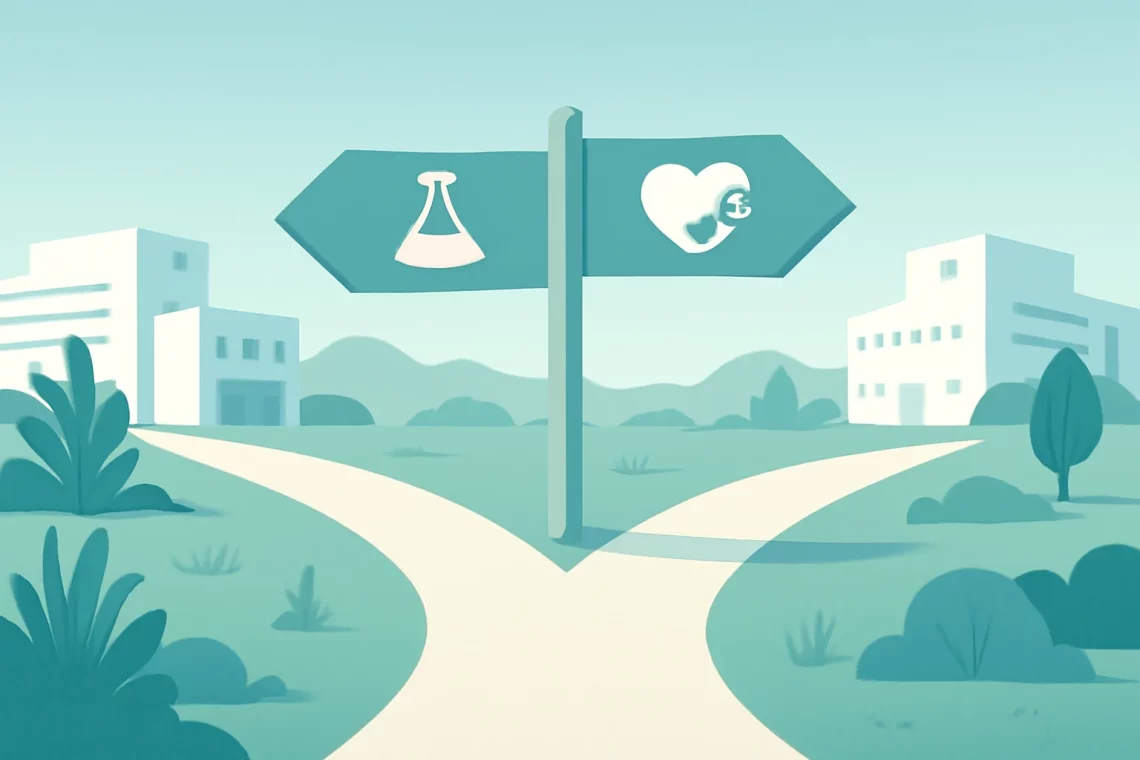
Plan B vs Option 2: Choosing the Best Path Forward
In today’s fast-paced world, the concept of having a backup plan is more relevant than ever. Whether in personal life, business, or any other endeavor, uncertainty is a constant companion. The unexpected can disrupt meticulously laid plans, necessitating the need for alternatives. This is where the ideas of “Plan B” and “Option 2” come into play.
Both terms are commonly used to signify alternatives to primary choices, yet they carry different connotations and implications. Understanding the nuances between these concepts can significantly impact decision-making processes. A well-thought-out plan can mitigate risks and safeguard against potential failures, while a backup option can provide a safety net when things go awry.
As individuals strive for success, the ability to pivot and adapt becomes crucial. The evolving nature of our goals and aspirations requires not just a singular focus but also the wisdom to evaluate and implement alternatives. Thus, delving deeper into the intricacies of Plan B and Option 2 could provide valuable insights for navigating the complexities of life and work.
Understanding Plan B
A Plan B is often perceived as a safety net, a strategy that comes into play when the original plan fails. It embodies the mindset of preparation and foresight. The essence of a Plan B lies in its ability to provide reassurance and a structured path forward when faced with unexpected challenges.
For instance, in a business context, companies often develop a Plan B to counteract market fluctuations, supply chain disruptions, or shifts in consumer behavior. This could involve diversifying product lines, exploring new markets, or adjusting pricing strategies. The goal is to ensure that the business remains resilient, even when faced with obstacles.
In personal life, having a Plan B can mean different things depending on individual circumstances. It might involve having a secondary career option, a financial safety net, or alternative living arrangements. The key is to create a sense of security, knowing that there is a fallback option available should the primary plan not unfold as anticipated.
However, it is essential to recognize that a Plan B should not be viewed as a sign of failure. Instead, it is an acknowledgment of reality’s unpredictability. Developing a Plan B requires thorough analysis and planning. It involves assessing potential risks, evaluating alternatives, and formulating a strategy that can be activated when necessary.
Ultimately, a well-crafted Plan B enhances confidence and empowers individuals and organizations to navigate uncertainty. It encourages proactive thinking and fosters resilience, essential traits in today’s dynamic environment.
The Concept of Option 2
While Plan B serves as a safety net, Option 2 often represents a more flexible and adaptable approach. It encompasses alternative strategies that can be pursued alongside the primary plan rather than waiting for the original plan to fail. This concept emphasizes the importance of exploring multiple avenues simultaneously, allowing for a more dynamic response to changing circumstances.
For example, in project management, a team may outline Option 2 as an alternative approach to achieving project goals. This might involve utilizing different methodologies, tools, or resources that can be deployed based on real-time feedback and performance metrics. By having Option 2 in place, teams can pivot in response to challenges without abandoning their primary objectives.
In personal decision-making, Option 2 can manifest as exploring different paths simultaneously rather than committing solely to one direction. This could mean considering various career opportunities, educational paths, or lifestyle choices. The flexibility offered by Option 2 enables individuals to remain open to new possibilities and adapt their plans as they gather more information.
Moreover, Option 2 encourages a growth mindset. It fosters creativity and innovation by allowing individuals and organizations to brainstorm and experiment with different strategies. This exploratory approach can lead to discovering unexpected solutions and opportunities that may not have been considered initially.
In summary, while both Plan B and Option 2 serve as alternatives to the primary plan, they differ in their application and mindset. Understanding the nuances between these concepts can empower individuals and organizations to navigate uncertainty more effectively.
The Importance of Flexibility and Adaptability
In today’s rapidly changing environment, the ability to remain flexible and adaptable is crucial. The interplay between Plan B and Option 2 highlights the significance of being open to change and willing to adjust strategies as needed.
Flexibility allows individuals and organizations to respond swiftly to unforeseen challenges. For instance, a business faced with sudden supply chain disruptions may need to pivot its strategies, leveraging Option 2 to explore different suppliers or alternative products. This capability to adapt not only helps in overcoming immediate challenges but also positions businesses for long-term success.
In personal life, adaptability can lead to personal growth and fulfillment. Embracing change and exploring different options can enhance resilience and lead to new opportunities. Individuals who remain open to various paths often find themselves in situations that align more closely with their values and aspirations.
However, achieving flexibility requires a mindset shift. It involves letting go of rigid expectations and embracing uncertainty. This can be particularly challenging for those who prefer structured plans and clear outcomes. Yet, developing a more fluid approach can lead to greater satisfaction and success in both personal and professional realms.
Moreover, fostering a culture of adaptability within organizations can enhance employee engagement and innovation. When team members feel empowered to explore different options and contribute to problem-solving, it creates a more dynamic and collaborative work environment. This culture of adaptability can lead to increased creativity, improved performance, and a stronger overall organizational resilience.
In conclusion, flexibility and adaptability are essential components of navigating uncertainty. By embracing these qualities, individuals and organizations can better prepare for the unexpected and thrive in a constantly evolving landscape.
Making the Right Choice: Plan B vs Option 2
Choosing between Plan B and Option 2 often depends on the specific context and individual preferences. Understanding the strengths and limitations of each approach can guide decision-making processes.
When to opt for Plan B may depend on the level of risk involved in pursuing a specific goal. If the stakes are high and failure could have significant consequences, having a well-defined Plan B becomes crucial. It offers a clear direction when challenges arise, allowing individuals to pivot without losing momentum.
On the other hand, Option 2 may be more suitable for situations where exploration and innovation are encouraged. If the environment is dynamic and opportunities for growth are abundant, pursuing multiple options simultaneously can yield valuable insights and unexpected successes.
Ultimately, the decision between Plan B and Option 2 should be informed by a thorough analysis of the situation, the risks involved, and personal or organizational goals. It may also be beneficial to integrate both concepts into a comprehensive strategy. This approach allows for a robust backup plan while remaining open to exploring alternative avenues.
In a world characterized by uncertainty, the ability to navigate challenges with confidence is invaluable. By understanding the nuances of Plan B and Option 2, individuals and organizations can enhance their decision-making processes and thrive in the face of adversity.
In conclusion, the interplay between Plan B and Option 2 offers valuable insights into the nature of decision-making and adaptability. Both approaches serve essential roles in navigating uncertainty, and understanding when and how to apply them can empower individuals and organizations to achieve their goals effectively.
**Disclaimer:** This article is for informational purposes only and does not constitute medical advice. Always consult a qualified healthcare professional for any medical concerns or questions.




